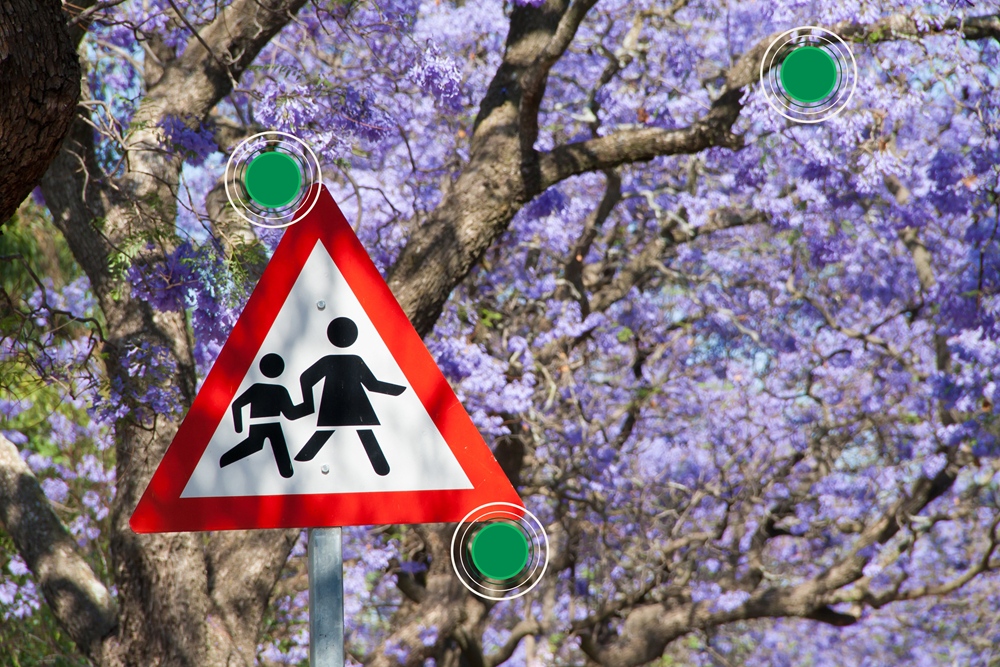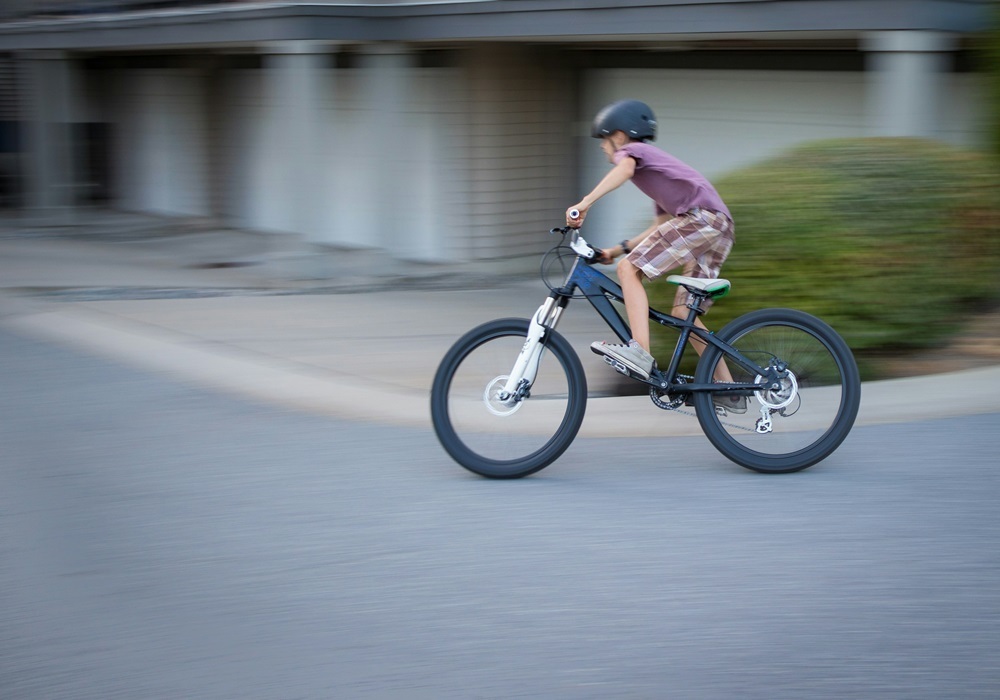
Back-to-School Car Safety Tips
As the new year starts, bringing with it the buzz of reopening schools, there is an essential aspect that often gets overlooked in the back-to-school rush: car safety. With the roads bustling with young learners commuting to and from school, it's paramount to put their safety first. With this in mind, we thought it would be a good time to guide you through practical and vital back-to-school car safety tips. As part of your preparation for a safer school year, we encourage you to consider obtaining a DEKRA Condition Report for your vehicle. This step is not just about ticking a box; it's about peace of mind, knowing that your car is in the best condition to protect what matters most: your children's safety.
1. Child Safety Seats
Ensuring the correct use of child safety seats is a crucial aspect of road safety. To adhere to South Africa's child restraint laws, it's essential to select a safety seat that is not only compliant but also suitable for your child's age, weight, and height.
For infants and toddlers, rear-facing car seats offer the best protection. As children grow, transitioning to forward-facing seats with harnesses, and later to booster seats, is recommended. The key is to ensure that the seat matches the child's developmental needs. A properly fitted seat should snugly secure the child, with the harness holding them firmly against the seat and the chest clip positioned at armpit level.
It's also vital to regularly check that the seat is correctly installed. An improperly secured seat greatly diminishes its effectiveness in protecting a child during a collision. Finally, keep in mind that children typically require booster seats until they are tall enough to safely use the car's seat belt, usually around the age of 12 or when they reach a height of 1.5 metres.
By choosing and correctly using child safety seats, you significantly enhance your child's safety on every school commute, making this an indispensable aspect of back-to-school preparation.
Read: DEKRA Safe Child Gives Back to the Community
2. Safe Driving Practices
When it comes to our car safety tips, one of the most critical behaviours we need to adopt when it comes to safe driving practices is adhering to speed limits, particularly in school zones. These areas require extra caution due to the high presence of young pedestrians who may not always be aware of the dangers of the road. Slowing down gives drivers more time to react to unexpected situations, such as a child darting across the street.
Distracted driving, especially the use of mobile phones while behind the wheel, is another hazard that must be rigorously avoided. Engaging with your phone takes your attention away from the road, significantly increasing the risk of accidents. Even a few seconds of distraction can have severe consequences in areas bustling with children.
Additionally, heightened vigilance is key. Always be on the lookout for children crossing roads, particularly near schools, playgrounds, and residential areas. Children are often unpredictable and may not always use designated crossing points. By staying alert and focused, you can better anticipate and react to the movements of young pedestrians, ensuring a safer journey for everyone involved. Remember, as a driver, you play a pivotal role in protecting the youngest members of our community.

Image credit: fungraph ichi on Pexels
Read: The Dangers of Talking on the Phone While Driving
3. School Zone Etiquette
Navigating school zones safely is a key aspect of ensuring children's safety during school commutes. These areas are bustling hubs of activity, requiring drivers to exercise particular care and attention. Here are some essential safety tips to follow:
Follow Drop-off and Pick-up Procedures: Schools often have specific procedures designed to streamline the process of dropping off and picking up children. Familiarise yourself with these rules and follow them consistently. This helps in reducing congestion and minimises the risk of accidents.
Be Patient and Courteous: School zones can be hectic, especially during peak hours. It's important to remain patient and avoid aggressive driving behaviours like honking unnecessarily or overtaking other vehicles in a rush. Remember, every driver is in the same situation, and courtesy goes a long way in maintaining a safe environment for everyone.
Watch for Pedestrians: Children may not always be aware of road safety rules and could step onto the road unexpectedly. Drive slowly and be prepared to stop, especially near crosswalks and where children are visibly present.
4. Pedestrian and Cyclist Awareness
Educating drivers on the importance of pedestrian and cyclist awareness is crucial, especially during the busy morning and afternoon hours when children are travelling to and from school. Young pedestrians and cyclists are among the most vulnerable road users, and their safety hinges on drivers being vigilant and cautious.
Be Alert for Young Pedestrians: Children can be unpredictable and may not always follow road safety rules. They might run onto the road unexpectedly or cross at non-designated areas. Drivers should be particularly watchful near schools, playgrounds, and residential areas, where children are likely to be present.
Watch for Young Cyclists: Children riding bikes may not be something we see often these days, but it still happens. When you do spot them in your vicinity, know that they are not fully aware of traffic rules and could make sudden turns or movements. Maintain a safe distance when driving behind or alongside young cyclists and be prepared for unexpected manoeuvres.
Slow Down: Reducing speed in areas frequented by children can give you more time to react if a child steps onto the road or a young cyclist swerves unexpectedly. As a car safety tip, this is one of the easier things you can do.
Avoid Distractions: Distracted driving significantly reduces your ability to react to sudden changes. Keep your focus on the road, especially in areas where children are likely to be commuting on foot or bicycle.

Image credit: Greg Rosenke on Unsplash
5. Road Safety Education for Children
Educating children about road safety is a fundamental step in ensuring their well-being during their daily commutes to and from school. It empowers them to be more aware and cautious in their interactions with traffic. Here are some key road safety lessons to instil in children:
Look Both Ways Before Crossing: Teach children to always stop, look left, right, and left again before crossing any street. It's crucial they understand the importance of paying attention to oncoming traffic, even on quiet roads.
Understanding Traffic Signals: Explain the meaning of basic traffic lights and signs. Children should know that red means stop, green means go, and yellow means slow down and prepare to stop.
Using Pedestrian Crossings: Encourage children to use designated pedestrian crossings wherever available. Explain the importance of crossing at these points where drivers are more likely to expect and see pedestrians.
Safe Practices on Sidewalks and Road Edges: Instruct children on safe practices when walking along sidewalks or in areas without sidewalks. They should walk facing the traffic and stay as far from the road as possible.
6. Vechile Maintnance
From our list of car safety tips, this is the most important one. Regular vehicle maintenance is a critical aspect of ensuring safety on the road, particularly when it involves transporting children to and from school. Keeping your vehicle in top condition not only enhances safety but also extends the life of your vehicle.
If it has been a while since you've had your vehicle checked out, after the holidays and before the new school year starts might be the best time to bring your vehicle for a DEKRA Condition Report.
A DEKRA Condition Report is a comprehensive assessment that evaluates the overall condition of a vehicle, covering key aspects like safety features, mechanical functionality, and overall performance. It provides a detailed analysis to ensure your vehicle is in optimal condition for safe driving.
Ensuring the safety of our children during their daily commutes is a multifaceted endeavour, involving everything from proper child safety seats to vigilant driving practices. From the list of car safety tips we've shared, there's one that stands out as the most critical: obtaining a DEKRA Condition Report for your vehicle. This thorough assessment is more than just a routine check-up; it's an investment in the safety and reliability of your car, directly contributing to the protection of your most precious cargo - your children. So, before the school bells ring and the roads buzz with the energy of a new academic year, make a proactive move. Bring your vehicle in for a DEKRA Condition Report, ensuring that when it comes to your children's safety on the road, you've left no stone unturned.